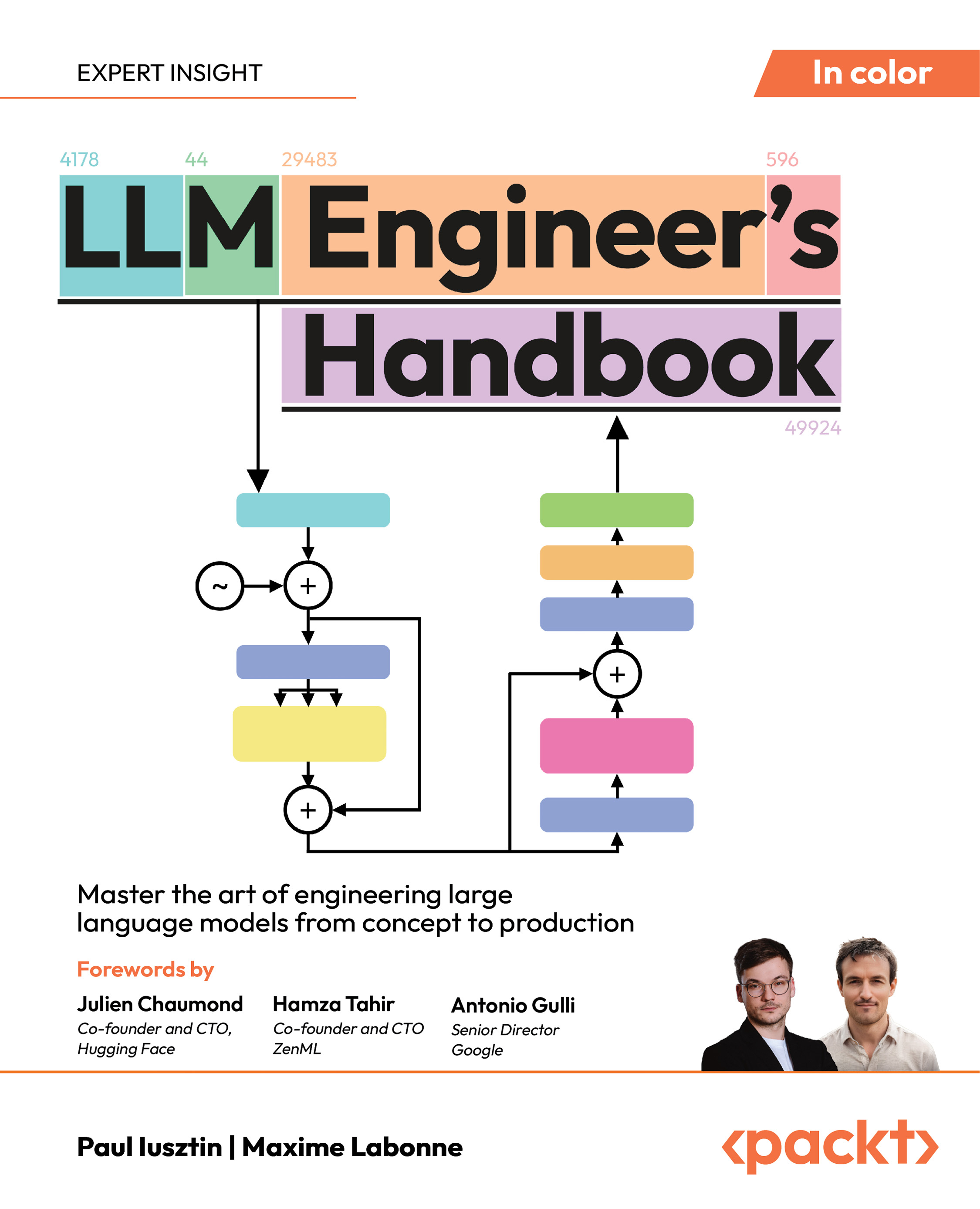Many developers first encounter algorithms as leetcode-style puzzles or theoretical exercises for interviews. But how can they move beyond rote knowledge to true mastery? Ahmad’s answer: practice on real problems. “Learning algorithms for interviews is a good start… it shows initiative,” he acknowledges. “But in interview prep, you're not solving real-world problems… To truly make algorithmic knowledge stick, you need to use algorithms to solve actual problems.”
In the artificial setting of an interview question, you might code a graph traversal or a sorting function in isolation. The scope is narrow and hints are often provided by the problem constraints. Real projects are messier and more holistic. When you set out to build something end-to-end, you quickly uncover gaps in your knowledge and gain a deeper intuition. “That’s when you'll face real challenges, discover edge cases, and realize that you may need to know other algorithms just to get your main one working,” Ahmad says. Perhaps you’re implementing a network flow algorithm but discover you need a good data structure for priority queues to make it efficient, forcing you to learn or recall heap algorithms. Or you’re training a machine learning model and hit a wall until you implement a caching strategy to handle streaming data. Solving real problems forces you to integrate multiple techniques, and shows how classical and modern methods complement each other in context. Ahmad puts it succinctly: “There’s an entire ecosystem – an algorithmic community – that supports every solution. Classical and modern algorithms aren’t separate worlds. They complement each other, and a solid understanding of both is essential.”
So, what’s the best way to gain this hands-on experience? Ahmad recommends use-case-driven projects, especially in domains that matter to you. He suggests tapping into the wealth of public datasets now available. “Governments around the world are legal custodians of citizen data… If used responsibly, this data can change lives,” he notes. Portals like data.gov host hundreds of thousands of datasets spanning healthcare, transportation, economics, climate, and more. Similar open data repositories exist for other countries and regions. These aren’t sanitized toy datasets – they are real, messy, and meaningful. “Choose a vertical you care about, download a dataset, pick an algorithm, and try to solve a problem. That’s the best way to solidify your learning,” Ahmad advises. The key is to immerse yourself in a project where you must apply algorithms end-to-end: from data cleaning and exploratory analysis, to choosing the right model or algorithmic approach, through optimization and presenting results. This process will teach more than any isolated coding puzzle, and the lessons will stick because they’re tied to real outcomes.
Yes, 2025 is “the year of the AI agent”, but as the industry shifts from standalone models to agentic systems, engineers must learn to pair classical algorithmic foundations with real-world pragmatism, because in this era of AI agents, true intelligence lies not only in models, but in how wisely we orchestrate them.
 United States
United States
 Great Britain
Great Britain
 India
India
 Germany
Germany
 France
France
 Canada
Canada
 Russia
Russia
 Spain
Spain
 Brazil
Brazil
 Australia
Australia
 South Africa
South Africa
 Thailand
Thailand
 Ukraine
Ukraine
 Switzerland
Switzerland
 Slovakia
Slovakia
 Luxembourg
Luxembourg
 Hungary
Hungary
 Romania
Romania
 Denmark
Denmark
 Ireland
Ireland
 Estonia
Estonia
 Belgium
Belgium
 Italy
Italy
 Finland
Finland
 Cyprus
Cyprus
 Lithuania
Lithuania
 Latvia
Latvia
 Malta
Malta
 Netherlands
Netherlands
 Portugal
Portugal
 Slovenia
Slovenia
 Sweden
Sweden
 Argentina
Argentina
 Colombia
Colombia
 Ecuador
Ecuador
 Indonesia
Indonesia
 Mexico
Mexico
 New Zealand
New Zealand
 Norway
Norway
 South Korea
South Korea
 Taiwan
Taiwan
 Turkey
Turkey
 Czechia
Czechia
 Austria
Austria
 Greece
Greece
 Isle of Man
Isle of Man
 Bulgaria
Bulgaria
 Japan
Japan
 Philippines
Philippines
 Poland
Poland
 Singapore
Singapore
 Egypt
Egypt
 Chile
Chile
 Malaysia
Malaysia
















